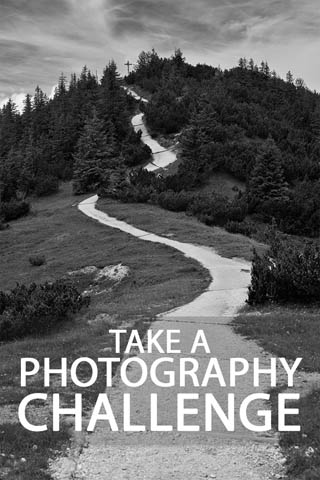Take a Photography Challenge
A photography challenge can be a great way to improve your photography skills. As well as this, it also keeps you motivated to keep photographing and improving your skills, so that you can complete the challenge. A specific challenge always works better as a motivator than a vague goal.
There are a wide variety of challenges you can set yourself to complete. Or if you're feeling brave, you might even let someone else set you a challenge. The challenge might just be a quick one, or you could decide on a longer term challenge. You might even decide for a long term challenge split into several shorter challenges to complete each week or day. It's completely up to you.
In this article we'll look at five different challenges you might want to set yourself. These are challenges that other photographers have tried, and found worked very well in broadening their horizons and improving their photography. So it's likely they will work well for you too.
Photographing strangers
If you're looking to improve your portrait photography skills, this can be a great challenge to take up. It involves asking complete strangers if you can take their photo. Then, so long as they say yes, taking a portrait of them.
Most photographers who take up this challenge either take the subject's name and email address, or hand them a business card with their website address. Then either email the subject their photo, or put it up on your website so the subject (and others) can view / download the photo. So they get a free photo for a few minutes of their time.
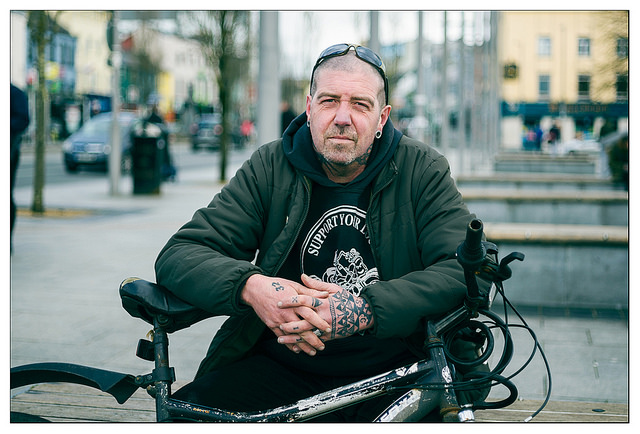
Dennis_bike by cosmo_71 on Flickr (licensed CC-BY-ND)
This project should help you should improve your technical skills. You learn what sort of lighting works well and doesn't work well, and the same for backgrounds. And how to work around lighting or backgrounds that aren't great.
But the main skill this challenge should improve are your skills with interacting with your subjects. Because you will (usually) only have a short time with each subject you learn how to quickly build up a rapport with the subject. You learn how to give direction to the subject without being bossy. And this really helps you get stronger photos, whether you're working with a model, or a stranger you've just met.
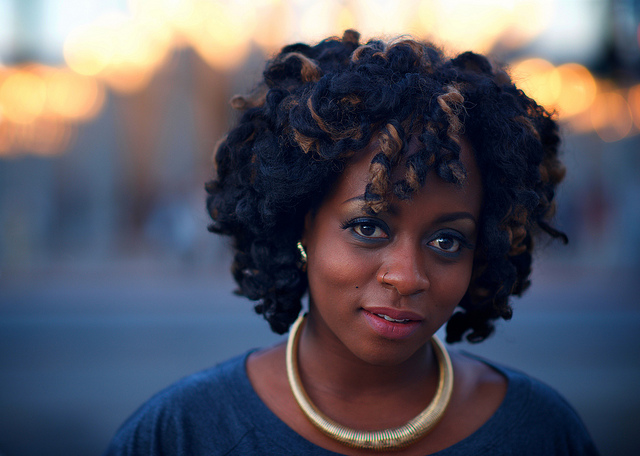
Morgan Davis #80 of 100 Strangers by web4camguy on Flickr (licensed CC-BY-SA)
Unless you're an outgoing person, this isn't an easy challenge, certainly to start with. But challenges aren't meant to be easy.
Using deep or shallow Depth of Field
Using deep or shallow depth of field might not sound like much of a challenge - it's probably what you do in your photography anyway. The challenge here is to use the opposite depth of field to that which you would normally choose.
For example, if you shoot a lot of portraits with a shallow depth of field, try taking portraits with a large depth of field. Or if you normally shoot landscapes with a large depth of field, challenge yourself to take shallow depth of field landscapes instead.
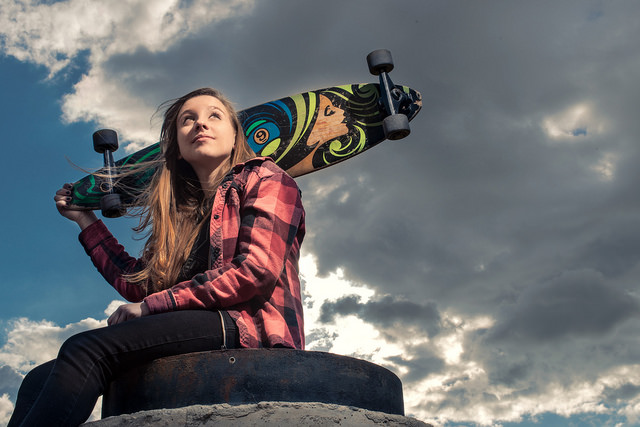
Katie the Skateboarder by Jamie Schaap on Flickr (licensed CC-BY)
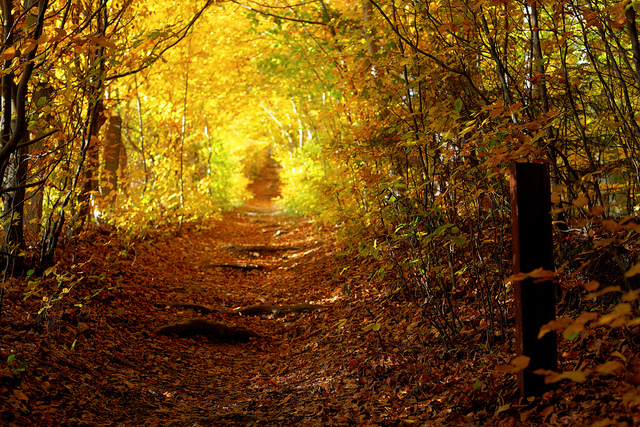
Into the light by Tobias Abel on Flickr (licensed CC-BY-ND)
This challenge should help you widen your horizons and improve your understanding of what subjects / scenes / concepts work best with a particular depth of field.
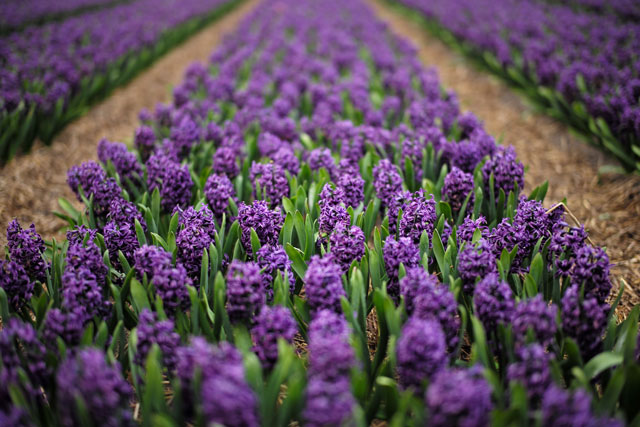
Purple Hyacinths by Roman Boed on Flickr (licensed CC-BY)
It should help you find interesting photo opportunities you otherwise would have missed. Because you have to think more to find a subject or composition that works well with a depth of field you're not used to working at, you should find yourself taking photos that you wouldn't normally have considered.
Learn to light
As a general challenge, this is quite a big one that is likely to take some time to complete. Challenge yourself to learn about lighting - the different types and colors, and what dynamic they bring to an image.
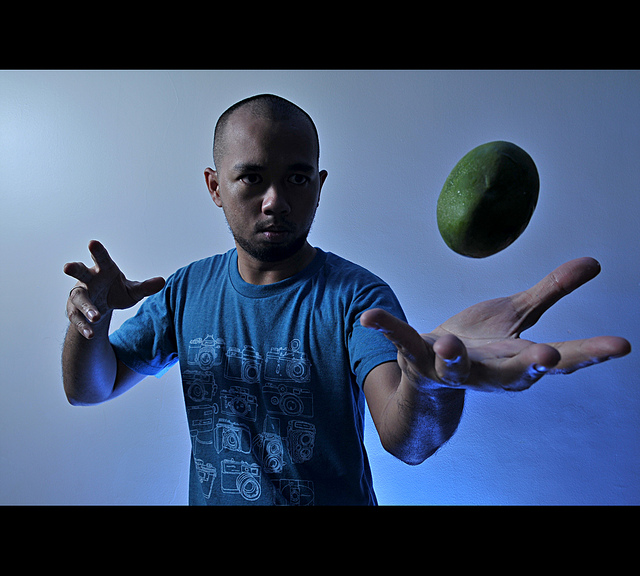
Day 11 :: Levitation... by Anthony Muñoz on Flickr (licensed CC-BY-ND)
If you already understand the basics of lighting, you might challenge yourself to learn a particular lighting technique or style. You might even challenge yourself to reverse-engineer the lighting of a famous photographer, and try to produce images with a similar look.

blue glas bowl 2 by Steffen Zahn on Flickr (licensed CC-BY)
Photography is all about the capture of light, so understanding lighting helps immensely in producing better photos. Whether you decide to learn only about natural light, using speedlight flashes, or studio strobes, the basic theory of lighting is the same for all and can be carried over from one to the other.
Use an unusual focal length or lens
By unusual, I don't necessarily mean unusual like using a magnifying glass lens to take photos. I mean unusual for you. So if you normally shoot at a wide-angle focal length, try shooting with a longer focal length. Or vice versa if you usually shoot with a longer lens.
Normally shoot with a prime lens? Try shooting with a zoom. Usually use a zoom? Try a prime, or taping your zoom to fix it at a single focal length.
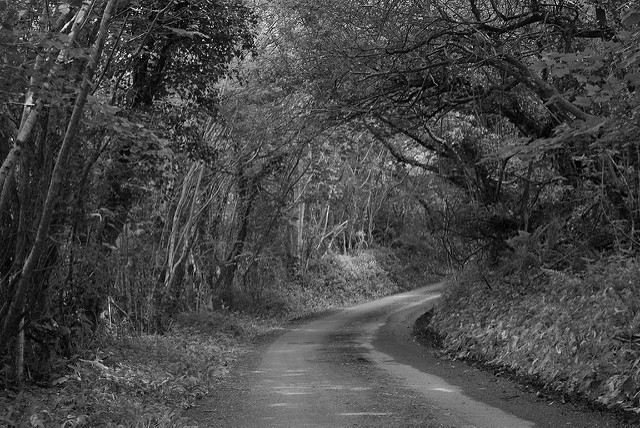
Eight by Geraint Morgan on Flickr (licensed CC-BY-ND)
This helps you better understand the perspective differences that come from lens choice, and how close or far it means you must get to the subject. It also gets you thinking more about your photography - you need to think more about the composition since a different focal length will record a different background behind the subject.
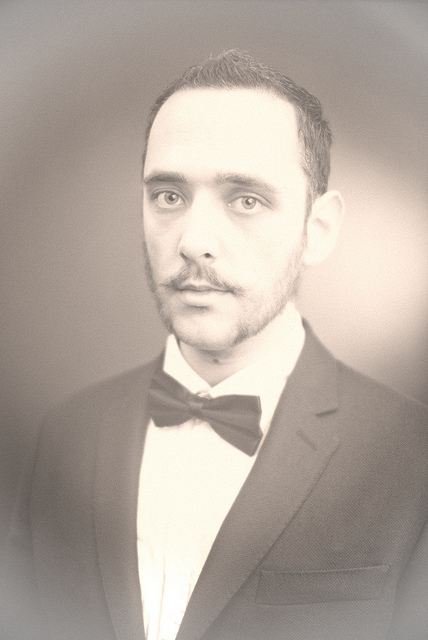
Tijmen, circa 19th century by Dennis van Zuijlekom on Flickr (licensed CC-BY-SA)
It doesn't have to be the focal length you change though. It might be using a different lens, such as an old vintage lens, or a fisheye lens, or a lensbaby. Again, it forces you to see things differently. You have to try and find subjects that work well with the character of that lens. Subjects that may make for great photos, but that you may otherwise not have considered.
Make the boring interesting
The idea behind this challenge is to photograph something boring, something that everyone knows. But to show it in a new way. There are plenty of ways you can do this.
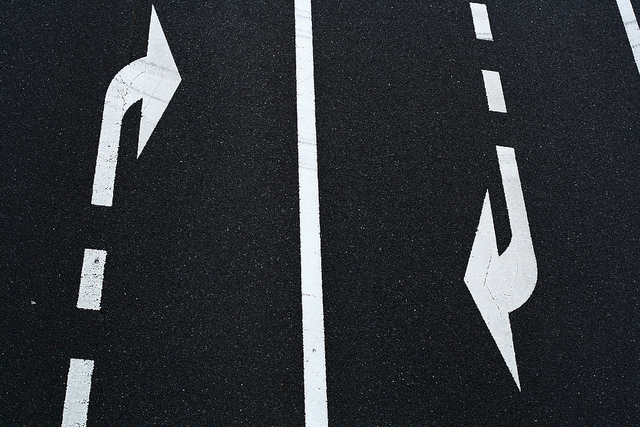
Recursion by heuristicus on Flickr (licensed CC-BY-SA)
You might try different lighting. Or an unusual angle. An unusual perspective. You could place the subject somewhere it wouldn't normally be found. You could focus in on some details of the subject, abstracting away the main form. You might even decide to try some editing techniques to make the subject look different.
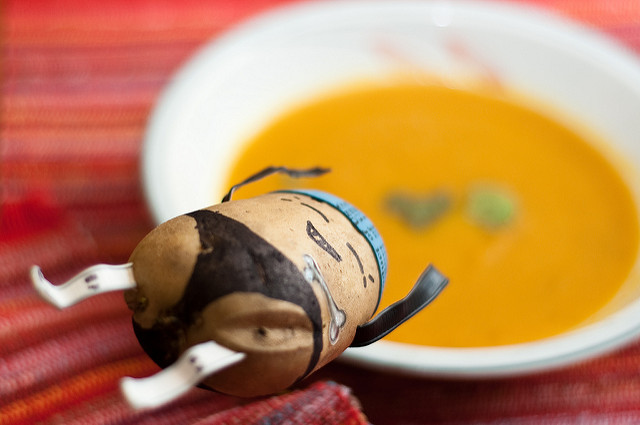
So Yummy, Mr. Uncooked Potato Dives Right into It by Alexandre Normand on Flickr (licensed CC-BY)
The aim of this challenge is to get you thinking more creatively. You have to think outside the box in order to create a representation of the subject that is not what most people would have considered. By experimenting and trying different methods, you should also learn more about lighting, composition, focal length, shutter speed, or whatever it is you're experimenting with.
With most challenges it is often a good idea to put a time limit on them. This helps spur you into action, so that you can complete the challenge on time. You don't have to set a time limit, but doing so gives a much greater chance that the challenge will noticeably improve your photography within that set timeframe.
You might also want to set yourself extra restrictions on the challenge. Or add sub-challenges. For example, you might set yourself a challenge of only photographing boring everyday food in a new way. Or you might set yourself the challenge of photographing a stranger every weekend, and then for each weekend setting a sub-challenge that the stranger must be wearing a certain piece of clothing or a certain color.
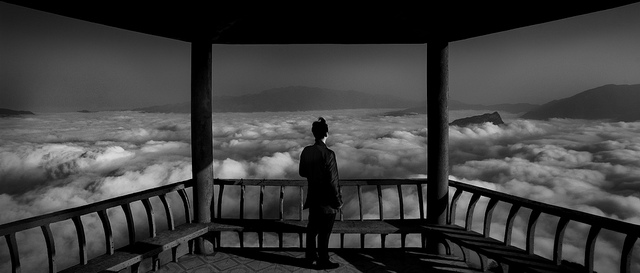
Clouds by Jonathan Kos-Read on Flickr (licensed CC-BY-ND)
Challenges can be great for improving your photography and exploring options you otherwise wouldn't have thought of. And don't forget, a challenge can also result in a nice coherent set of images that look great next to each other in a portfolio. So why not give one a go.
